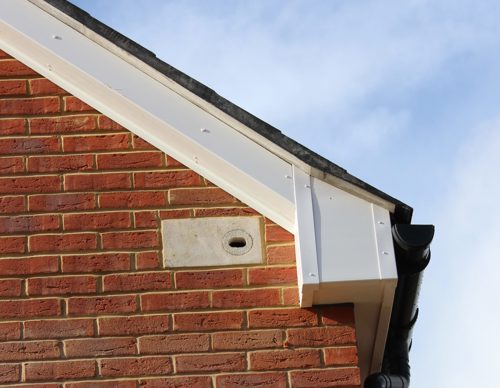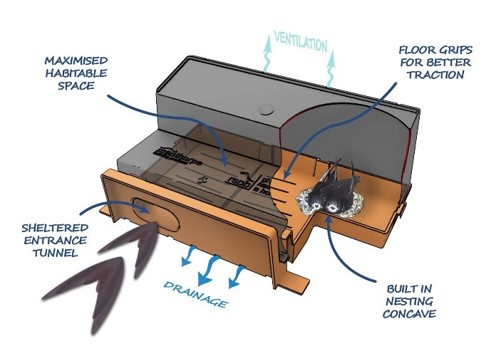So what are we doing about it? Earlier this year at Cala Thames we launched our Urban Wildlife Strategy, which sets out our intention to incorporate biodiversity improvement measures into every new home in the Thames region. The strategy is our commitment to delivering travel corridors for hedgehogs, bat boxes and bat roosting tiles, as well as invertebrate bricks and native tree planting to help local wildlife. All this is vitally important for pollinators, and provides food for birds and bats to thrive in urban areas. We’re set to deliver 500 homes over the next year across Dorset, Hampshire, Wiltshire, west Surrey and Berkshire - we have the capability to deliver tangible impact.

The Urban Wildlife Strategy was born out of engaging with important advocate groups like the Hampshire Ornithological Society and Hampshire Swifts, who provided us with valuable insight, data, and expertise throughout its development. Simple and effective interventions will now establish diverse habitat and nesting opportunities in the fabric of each new Cala home in the Thames region.
The swift brick is one such intervention. These hollow, rectangular boxes are made of a breathable material called woodcrete or stonecrete. Known as ‘universal bird nesting bricks’, they can be integrated into non-south facing walls and neither compromise insulation nor prevent access to anywhere else in the roof space. They’re self-contained units and only visible from a home’s exterior by the small entry hole that allows birds like swifts to nest there. They leave a neat and tidy finish, last the lifetime of the building, and are a nominal cost to install requiring no maintenance.

We were thrilled to welcome TV naturalist and wildlife presenter Chris Packham and The One Show to our Kings Barton site last month, a site on which we’re installing at least 1,500 swift bricks across our homes. We talked Chris and The One Show team through the work we’re doing in installing our swift bricks, alongside a host of other simple interventions for which Chris has been a long-time campaigner. At Kings Barton, close to Winchester City Centre, we’ve also created a nature buffer for the site, with 32 acres of rewilded land. The holistic approach to the natural environment, alongside infrastructure like bricks and movement corridors, provides the necessary ingredients for diverse ecosystems that help to revitalise endangered species.

The launch of the Urban Wildlife Strategy was our starting gun. It’ll be rolled out on all Cala sites across England and Scotland from next year, and contributes to the mechanisms we’re developing in order to consistently biodiversity net gain on all new sites.
You can watch our feature on The One Show as part of its spotlight on National Swift Awareness on BBC iPlayer, here. If you’d like to learn more about what Cala Thames is doing to protect and enhance biodiversity, do get in touch.





